With the world population rising like anything post lockdown, there is a necessity of construction. From businesses to residences, there is a necessity to manage the accommodations. There is also an increase in the use of resources. People need to commute from here and there; and for commutation, vehicles need energy or fuel. This has led to an increase in the number of gas stations around the world. Every big construction project needs serious planning before the first shovel is thrust into the dirt. According to commtank.com, gas station construction involves robust safety requirements, standards that most other businesses never have to bother with. This just makes having expertise handling oversight more crucial. Those experts are likely to point out these five steps to successful gas station construction. If you are about to invest in the construction of a Gas station, here are some things you must keep in mind.
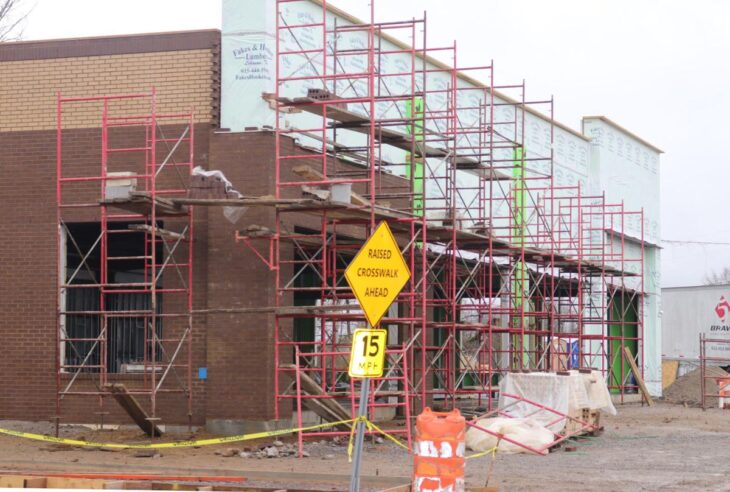
Source: Lebanon Democrat
Contents
1) Location, Location, Location
It is the most crucial factor before starting the construction. Gas stations are typically pretty good bets about building up lots of customer traffic regardless of their location. However, some spots feature faster growth than others. Any place with proximity to highway travelers or heavy volumes of local traffic can boost business faster. However, don’t automatically assume that any corner of a busy intersection is where you want to be. Certain corners are better than others, and they sometimes shift by the time of day based on local commuting patterns. Also, sometimes it’s better to be down the hill between intersections. You might only get half as much traffic, but you’ll also pay a lot less for your land. Remember that the investment you are going to make will be a significant amount; do not settle for a site that barely has traffic.
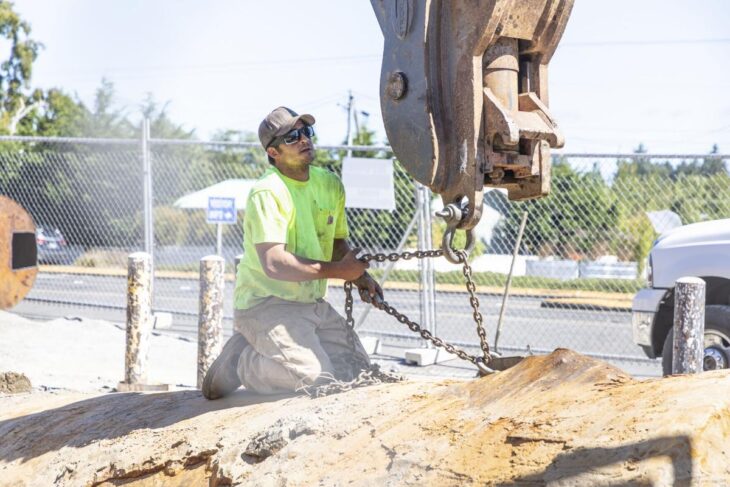
Source: Coast River Business Journal
2) Adhere to Every Single Code and Regulation
There goes a saying “In Rome, do as Romans do.” This is a pro-tip for any business and entrepreneurs. The rules and regulation of every border and land are different and designed according to the convenience of people residing there. There is no point in going against such laws; also, rules are not meant for breaking. Who knows, you may end up paying huge in case of mess ups.
Any part of the country is going to have local building codes and zoning regulations that you must follow. Know what they are, and learn them in and out. Also, be prepared for variances during the construction phase. A smart choice here is picking a gas station building business that has already done work in this community previously. They’re going to have experience in dealing with local rules and officials, so you’re better off avoiding fines, penalties, and setbacks.
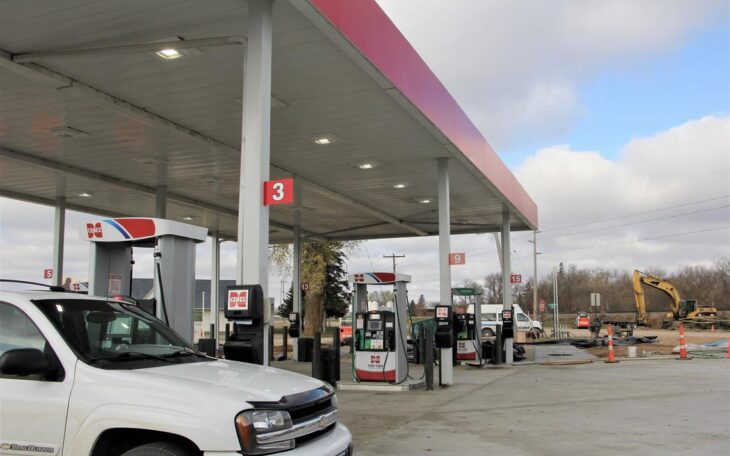
Source: Detroit Lakes Tribune
3) Choose the Size of Your Operation
Will your gas station simply offer fuel? Or will you also include a convenience store? Perhaps a garage? A convenience store and service center will make far more money than you’ll ever make on just fuel, but you’ll also need more overhead and space to operate the larger business. These are all things that need to be taken into consideration during construction and make sure that building additions are inspected properly. You need to decide on such things long before the final construction plans are assembled. Making changes after that will blow your budget and deadlines way out of the water.
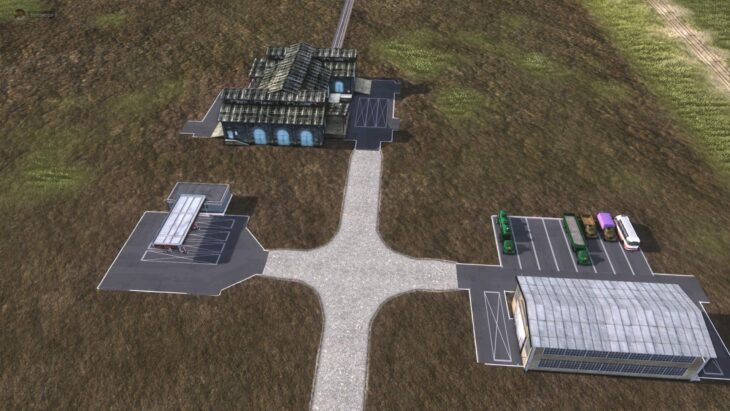
Source: Re-actor.net
4) Buy Things That Will Last
Do not drool over low price raw materials. Invest wisely. Paying a bit more for items that will last longer is always a better decision than spending less and spending again and again. Regardless of the size of your gas station, you’re going to need lighting, pumps, piping and fuel tanks. Make sure that every single one of these components is of the best quality you can fit in your budget. The better your infrastructure is now, the longer it will last. Money spent now means less spent on repairs later. When you’re just opening up a gas station, repairs and replacements are the last things that should be on your mind. Get every guarantee and service warranty you can on what you buy to protect yourself against equipment mishaps. Remember that one time investment is always better than recurring expenditure.
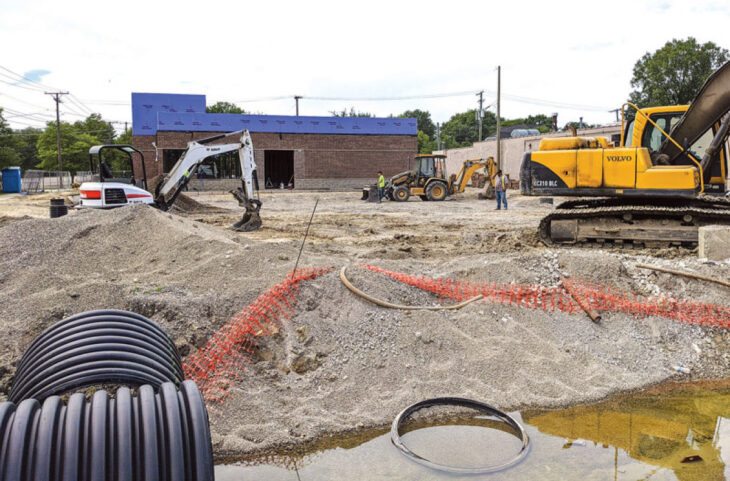
Source: C&G Newspapers
5) Think Ahead in Terms of Sign Visibility
While driving on the roads, drivers will not notice a gas station unless they are looking for one. The first day your gas station is open isn’t going to go nearly according to plan if the sign isn’t visible to drivers and traffic passing by. You need to put a lot of planning into making sure your gas station signage can be seen by passersby. For that matter, it needs to be visible to all active traffic patterns, whether that’s both ways on a two-way road or more than that at an intersection. What you put into this particular detail can make or break the success of your gas station in the long run. Ensure that you install right sized signs at right distances to aware and attract your audience.
Bonus Tip: Think ahead to future market demands. Electric cars are here to stay, and depending on where you are putting your gas station, electrical charging capacity might be something to consider featuring or at least leaving the door open to.
Conclusion
There is no better way to say this; you are making an irreversible decision while going in for gas station construction. Better late than sorry. Plan and think before acting. Once you have a basic understanding of how to open a gas station, you should make sure that you have all of your business documents in order. There are many different aspects of a business, including operating, capital expenditures and debt obligations that are required on a yearly basis. This includes looking into how much you will spend on your gas supply contract, your annual property taxes, your building permits, insurance policies, bonding requirements, and all of your sales and income tax obligations. All of these things are considered to be part of your business assets and liabilities which are required to be declared on your annual business return.
